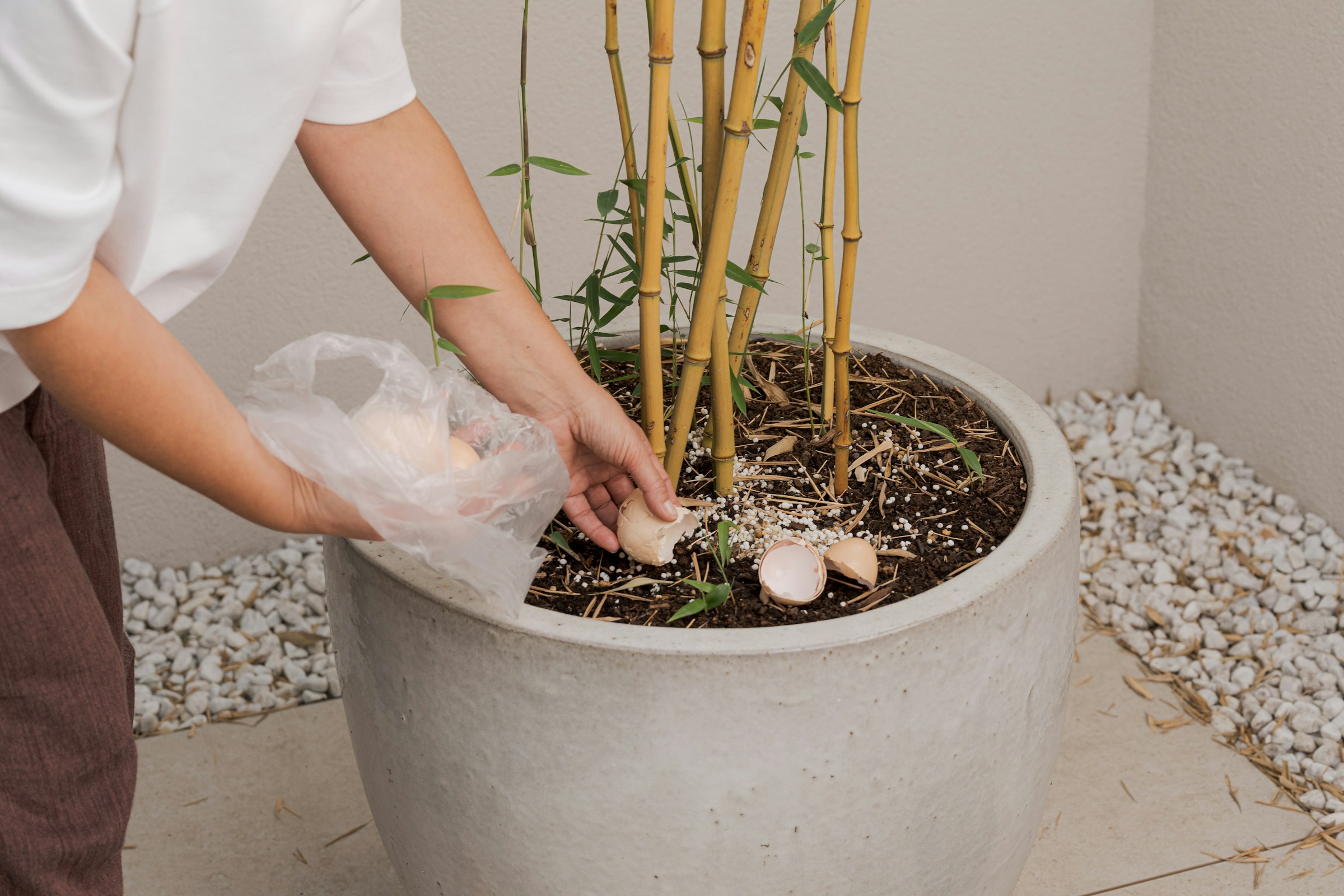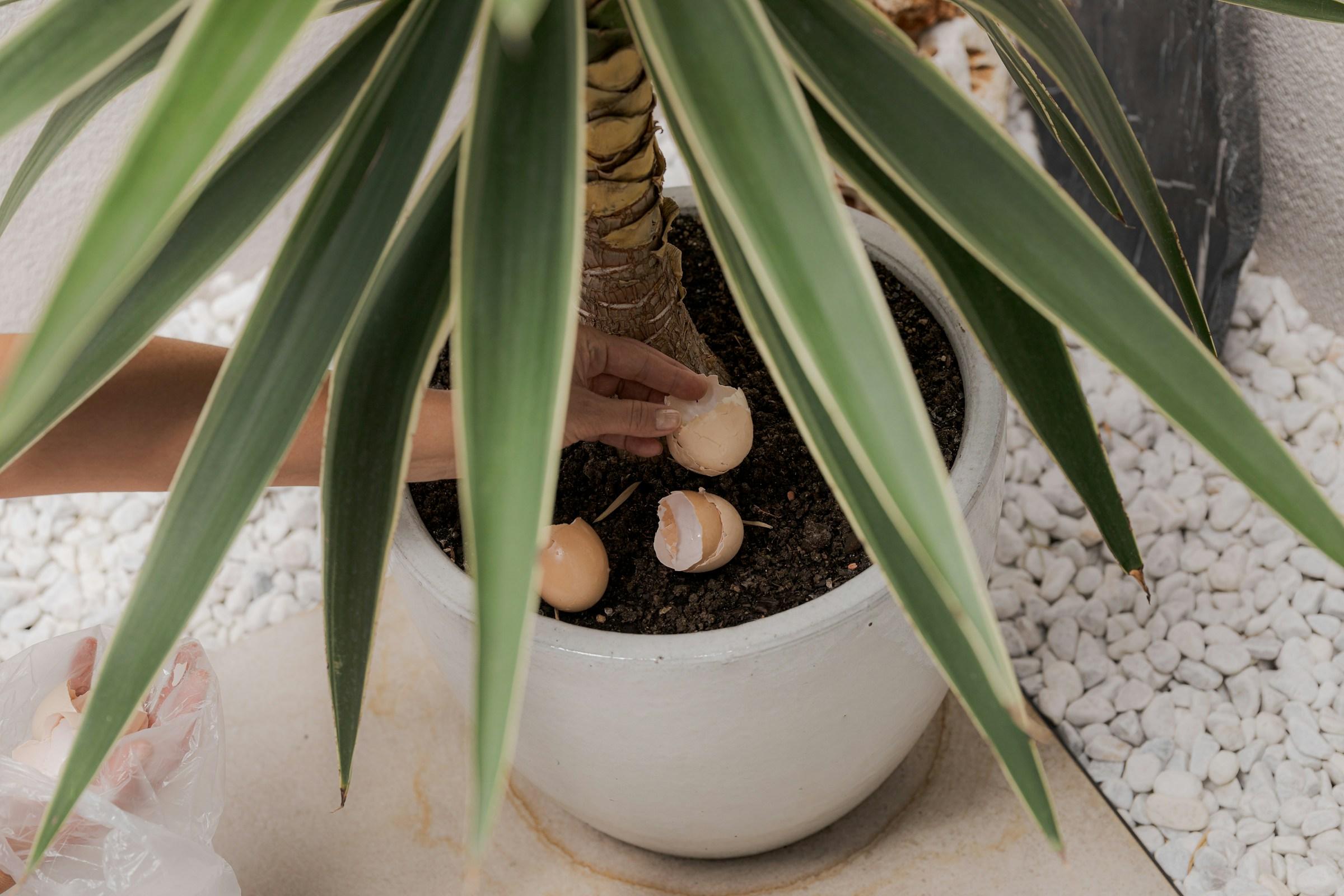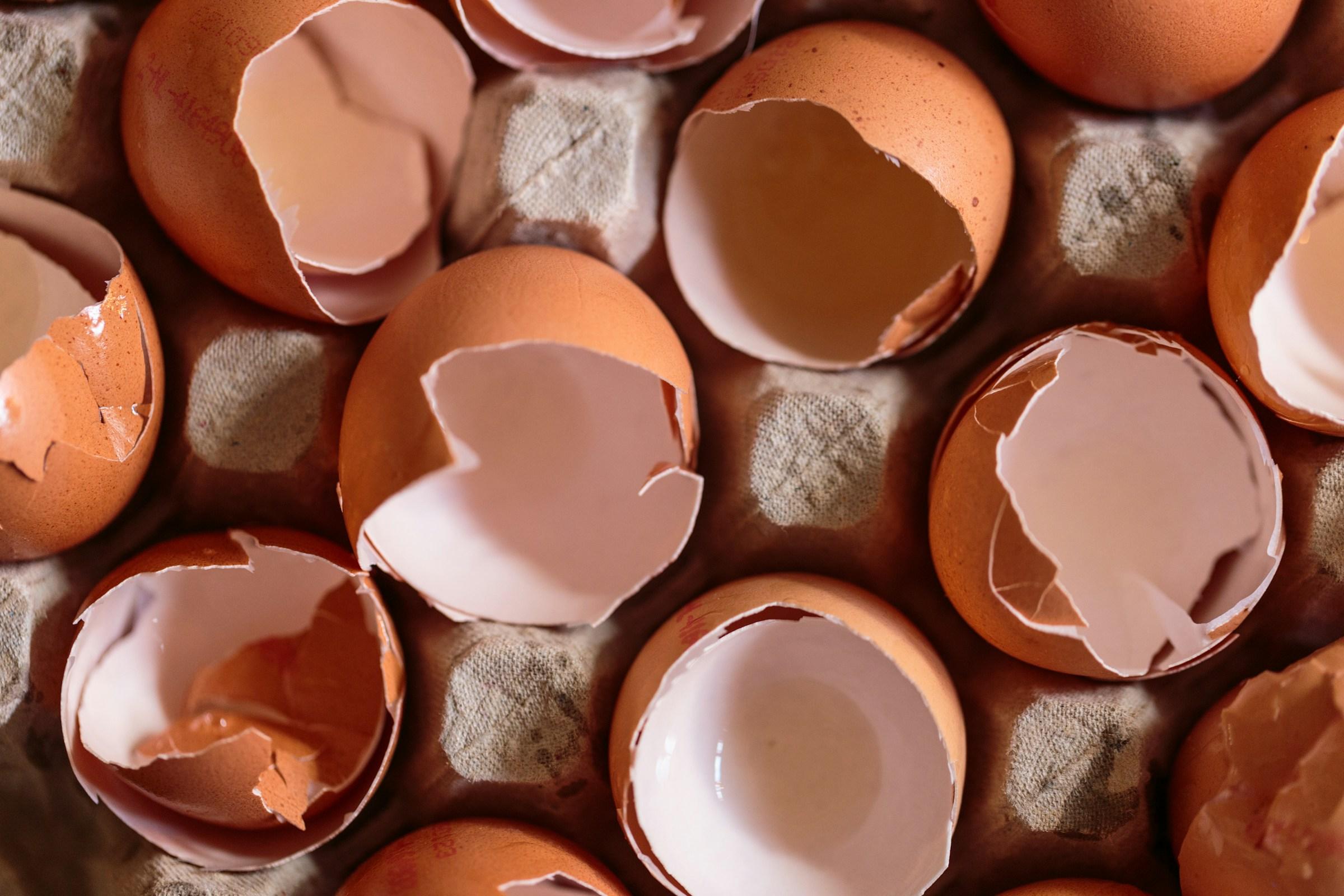Egg shell feels like a tidy answer to a familiar gardener’s impulse. It is there at the end of breakfast, it looks harmless, and it carries a reputation for slow and steady calcium. It seems like a free amendment that keeps waste out of the bin and gives something back to the soil. The real question is not whether egg shell is good or bad in the abstract. The real question is how much egg shell is too much for plants, and what context turns a small benefit into a quiet problem. The answer begins with chemistry, moves through container size and particle size, and ends with a sober view of observation and restraint.
Egg shell is mostly calcium carbonate. Calcium is essential for cell walls and for signaling inside plant tissues, but calcium carbonate is also alkaline. When you add enough of it, you raise soil pH. A rising pH narrows the plant’s access to iron, manganese, and other micronutrients. The leaves may still look glossy for a time, yet the system is already sliding toward imbalance. This is why egg shell should be treated as a micro amendment rather than a core fertilizer. Its primary value is calcium, with a small trace of magnesium and phosphorus, and almost no contribution to nitrogen or potassium. It will not replace compost, and it will not cure blossom end rot if the underlying cause is inconsistent watering or root stress. A useful mental model is to think of egg shell as a very weak and very slow form of lime. The model creates guardrails. It keeps you from sprinkling a bit into every pot simply because it is on hand.
The size of the particles you apply changes the speed and strength of the effect. Large shards look tidy on the surface of a pot, but they surrender almost nothing to the soil for many months. Powdered shell behaves differently. Once ground to a coarse flour, it exposes far more surface area, dissolves faster in the presence of moisture and mild soil acids, and can shift pH in small volumes of soil more quickly than you might expect. This is where dosage meets container size. The smaller the container, the more sensitive the soil is to any alkaline input. A teaspoon of powder will be invisible in a raised bed. The same teaspoon can be the difference between a neutral and a too alkaline pot for a small indoor plant.
For tiny indoor pots and starter containers, the conservative path is the only sensible path. If you are blending a fresh potting mix for a vessel that holds less than three liters, keep the ceiling at one level teaspoon of fine egg shell powder per liter of mix. A common six inch pot holds two to three liters, which means two to three teaspoons at most during a full repot. If the plant is already established and you wish to topdress, stay lighter still. Scratch in a single teaspoon across the surface once in a season, water it in thoroughly, and then stop. The urge to repeat is the hazard. Slow inputs compound in quiet ways, and the harm rarely announces itself with drama. It appears as pale new leaves, cramped growth, and a dusty crust that clings to the surface after the pot dries.
Medium containers between three and ten liters give you slightly more room, but the same principle holds. If you are repotting, you can blend one to two tablespoons of powder into the mix. If you are topdressing, one tablespoon across the surface for the entire season is enough. Spread it evenly, water once so it settles, and then resist the temptation to treat it like a monthly snack. You are not feeding on a schedule. You are making one structural adjustment, and then you are letting the soil biology and your irrigation pattern do their work. Any routine that asks for constant sprinkling of powders on the surface is less a plan and more a series of guesses.
Large planters, garden rows, and raised beds benefit from a different way of thinking about dose. In open soil, it is usually better to think by area than by volume. A light dusting that disappears after the first watering meets the threshold for a seasonal surface application. If you can still see white film or patches after watering, you have crossed the line into too much. During bed preparation, a modest integration into the top layer of soil is acceptable as long as the dose remains small relative to the total mass of the bed. Picture a wheelbarrow of soil, about fifty liters, and limit yourself to a small coffee cup of powder for that entire volume. This mental image works because it anchors dose to something tangible. People overdo calcium because the scoop feels small in the hand. Soil chemistry lives in grams and surface area, not in feelings.
Water quality can turn a safe dose into a mistake. Many households draw from hard water sources that already carry dissolved calcium carbonate and bicarbonate. Every irrigation with hard water is a small alkaline push. If you live with hard water, the safe dose of egg shell for many containers is not low, it is zero. The water is already doing the job that you might expect the shell to do, and the soil will drift upward in pH without further help. Houseplants that prefer a neutral to slightly acidic environment will tolerate some drift, but popular acid lovers will not. Blueberries, azaleas, camellias, gardenias, and hydrangeas that you are hoping to keep blue should never see egg shell. These plants ask for soils that sit on the acidic side, and they reward you with color and vigor when you protect that range.
Blossom end rot deserves a direct statement because the myth is stubborn. This disorder in tomatoes and some peppers arises when developing fruit does not receive calcium in time, often because water delivery is inconsistent, roots are stressed, or growth is racing ahead of the plant’s ability to transport nutrients. Surface dumping of egg shell does not fix erratic irrigation or root stress. The first medicine is a steady watering cadence that avoids oscillations between drought and flood. The second is healthy root development in a well aerated mix. Only after those are in order should you look at calcium supply, and even then the honest path is a soil test, not a ritual. If the test shows a real calcium shortfall, a small dose in the mix during repot may help over the long term. If the test does not, there is nothing to fix on that front.
Because few gardeners run lab tests for every container, it helps to build a habit of simple observation paired with a basic pH check. Handheld pH probes for soil are notoriously unreliable, but a cheap pack of pH strips can give you direction if you prepare a soil slurry with distilled or low mineral water. If repeated checks drift above 7 for plants that prefer a range between 6 and 6.5, you should pause all alkaline inputs. Leaves that show interveinal chlorosis, where the tissue between veins pales while the veins remain green, often tell you that iron or manganese is locked out by pH rather than missing from the soil. New growth that stays small and thin when light and water are appropriate suggests the same story. The telltale chalky crust on the surface after drying is another clue. None of these hints alone proves the case, but together they point to a system that is too alkaline.
If you overshoot, recovery is possible and usually straightforward. Stop applying egg shell and any other alkaline materials. Give the container a slow, deep watering to leach soluble carbonates, but avoid drowning the roots by spacing out these flushes over days rather than hours. At the next routine top up, add compost with a neutral to slightly acidic profile. If the species tolerates it, a gentle iron chelate drench can buy time while the root zone recalibrates. There is no need for dramatic fixes or harsh acids. The goal is to nudge the system back into range, not to swing it to the other extreme.
Clean handling of egg shell matters more than most people expect. Raw shell can carry bacteria. Dry the shells thoroughly, bake them at a low temperature until they are brittle, and then grind them. This gives you a consistent texture and reduces risk, especially in a kitchen garden. Store the resulting powder in a dry jar with a lid. Once moisture sneaks in, the powder clumps and may develop off smells. A consistent input is easier to dose, easier to predict, and less likely to surprise you.
There is also a simpler path for people who dislike precision in small containers. If direct dosing feels uncertain, send the shells through the compost first. Time, microbes, and moisture will break them down slowly and buffer the entire effect. The calcium will enter a biologically active mix that softens pH shifts. When in doubt, trust the compost pile before you trust the top of a houseplant’s pot. Direct application is for specific use cases where you can control the dose and monitor the outcome. Compost is for the default case where patience and biology keep you safe.
These principles can be kept in a plain decision sequence. If you have hard water, skip egg shell for most pots. If you are growing acid loving species, skip egg shell. If you cannot test pH and you are working in small containers, make any dose tiny and infrequent. If you begin to see chlorosis in new leaves and a faint chalk on the surface, stop alkaline inputs and start gentle recovery. If everything looks strong and your last repot included a measured dose, do nothing and enjoy the growth. Restraint is not passive. It is a deliberate input that protects the system you are building.
The core question returns with a clearer boundary. How much egg shell is too much for plants is a question with different answers across contexts, but the thresholds are not vague. In small indoor pots, anything above one teaspoon of fine powder per liter of mix is too much at repot, and any regular topdressing larger than a teaspoon per season is too much. In medium containers, anything beyond one to two tablespoons at repot is too much, and any routine that repeats a tablespoon on the surface month after month is too much. In garden beds, any dose that leaves a visible white layer after watering is too much. For acid loving plants and for households with hard water, any amount is too much unless you have very specific reasons and data that say otherwise.
Good gardening is a sequence of habits that prevent drama. You repot when roots need space, which gives you a natural moment for structural amendments. If you choose to add egg shell then, you write down the dose and you leave it alone for the rest of the season. Between repots you watch the leaves and the rhythm of watering. You run a quick pH check at the start of a new season, and you compare it to your last notes. You do not tie soil chemistry to the number of omelets in your kitchen that week. The kitchen does not set the dose. The plant and the soil do.
The goal is durable performance. You want roots that explore, leaves that build, and a soil environment that sits in a stable band so nutrients remain available. You reach that goal by adding as little as possible, only when the context says it will help, and only at a dose that the container or bed can absorb without shifting out of range. Precision beats enthusiasm. The answer to how much egg shell is too much for plants becomes simple when you respect the system that keeps a plant alive. Too much is anything beyond the smallest amount that meets a measured need, and in many homes the smallest amount is none at all.







